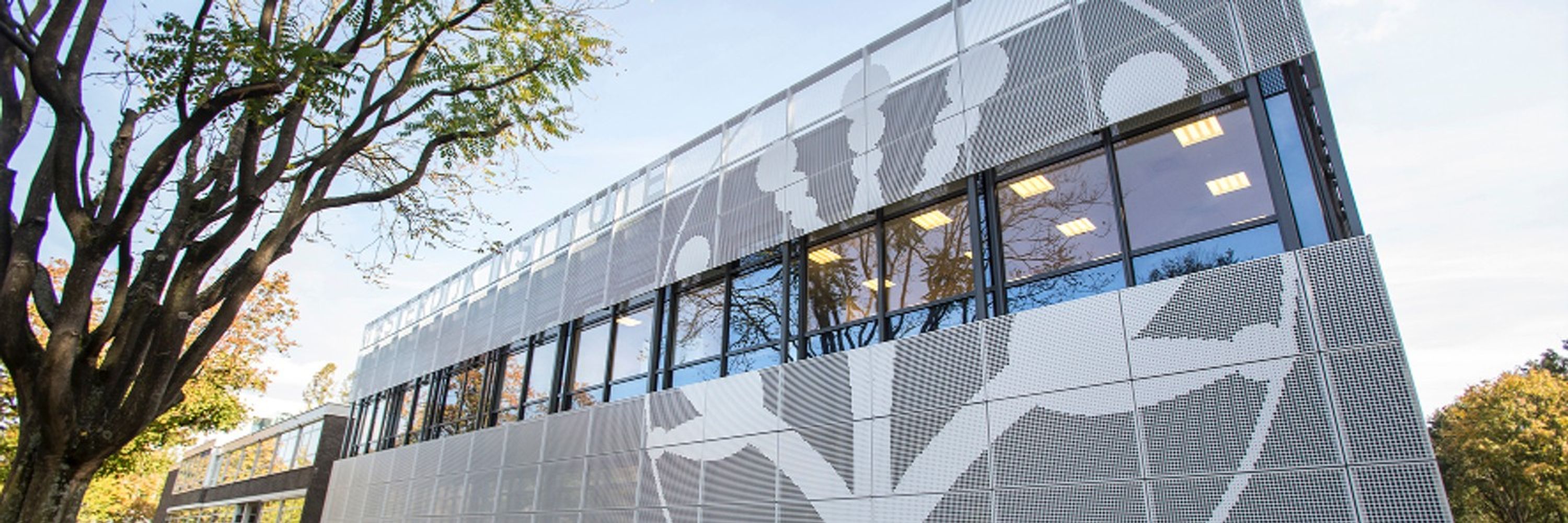
🔗: https://wi.knaw.nl/
📍 Where: Westerdijk Fungal Biodiversity Institute, Utrecht, The Netherlands
👉 Secure your spot now!
📍 Where: Westerdijk Fungal Biodiversity Institute, Utrecht, The Netherlands
👉 Secure your spot now!
🏛️ Includes a tour of the CBS culture collection!
Perfect for students, PhD candidates, and professionals eager to deepen their mycological knowledge.
🏛️ Includes a tour of the CBS culture collection!
Perfect for students, PhD candidates, and professionals eager to deepen their mycological knowledge.
“Deciphering the biosynthetic pathways of lichen acids.” New Phytologist (2025).
“Deciphering the biosynthetic pathways of lichen acids.” New Phytologist (2025).
1️⃣ The study identifies PKS1 and PKS23 as key polyketide synthases. These enzymes initiate the synthesis of important lichen acids such as atranorin and barbatic acid.
1️⃣ The study identifies PKS1 and PKS23 as key polyketide synthases. These enzymes initiate the synthesis of important lichen acids such as atranorin and barbatic acid.
✨ Sustainable lab-based production of valuable lichen compounds
✨ New bio-inspired medicines or antioxidants
✨ Better insight into how lichens evolved and adapted over millions of years
✨ Sustainable lab-based production of valuable lichen compounds
✨ New bio-inspired medicines or antioxidants
✨ Better insight into how lichens evolved and adapted over millions of years

A big thank-you to the many colleagues, researchers, technicians, and volunteers who made this possible.
A big thank-you to the many colleagues, researchers, technicians, and volunteers who made this possible.
Xiao, X.E.; Cheng, M.J. ; Zheng, F. ; Ao, Y.J. ; Deng, J.R. ; Crous, P.W. ; Jiao, C.; Li, H.Y.;
Xiao, X.E.; Cheng, M.J. ; Zheng, F. ; Ao, Y.J. ; Deng, J.R. ; Crous, P.W. ; Jiao, C.; Li, H.Y.;

